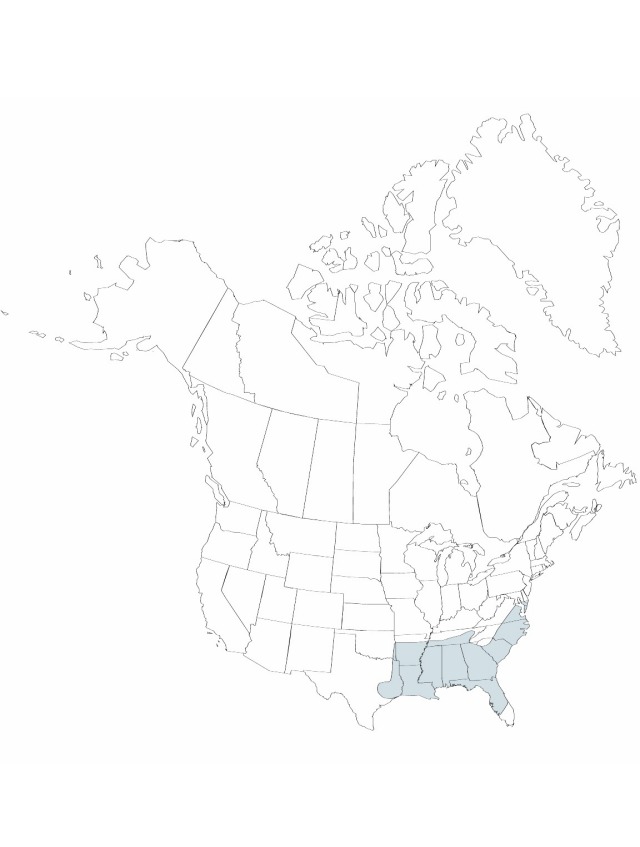Juncus repens
Flora Boreali-Americana 1: 191. 1803.
Herbs, perennial, cespitose, floriferous culm 0.5–3 dm. Culms first ascending, soon arcuate-stoloniferous and creeping or floating, or growing submersed along bottom, each node with cluster of basal leaves and fibrous roots, eventually each emergent terrestrial node with floriferous culm. Leaves basal; auricles 0.5–1 mm, apex acutish, membranous or thicker; blade spreading, flat, 2–10(–15) cm × 1–3 mm. Inflorescences glomerules, (1–)2–10, each with 3–12 flowers, open; primary bract usually shorter than inflorescence. Flowers: tepals green, margins scarious; inner series narrowly lanceolate, 5–9 mm, apex usually recurved; outer series obviously shorter, apex usually erect; stamens 3, filaments 1.5–3 mm, anthers 0.5–0.8 mm; style 0.5 mm. Capsules tan, 3-locular, narrowly ellipsoid, 3.5–5.5 × 0.8–1.2 mm. Seeds brown, ovoid, 0.3–0.4 mm, not tailed.
Phenology: Flowering and fruiting summer–fall.
Habitat: Shores of ponds, lakes, and borrow pits, flatwood depressions, ditches, and drainage canals
Distribution

Ala., Ark., Del., Fla., Ga., La., Md., Miss., N.C., Okla., S.C., Tenn., Tex., Va., Mexico (Tabasco), West Indies (Cuba).
Discussion
Selected References
None.